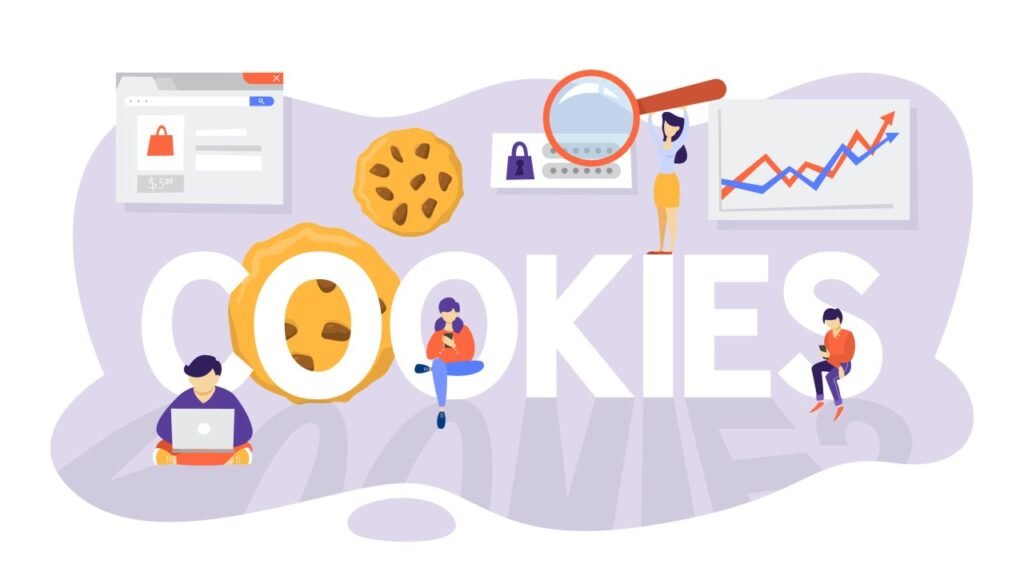AI and SEO in 2025: How Businesses Can Stay Ahead of Search Engine Evolution
Home About Us Services Social Media Consultation Branding Art Direction Social Media Strategy Community Management Content Creation Photography Videography Graphic Designs Illustration 2D Animation 3D Animation Web Design & Development Search Engine Optimization CPC Google Advertising Meta Advertising E-Mail Marketing Influencers Marketing’s Studio Work Blog Home About Us Services Social Media Consultation Branding Art Direction Social Media Strategy Community Management Content Creation Photography Videography Graphic Designs Illustration 2D Animation 3D Animation Web Design & Development Search Engine Optimization CPC Google Advertising Meta Advertising E-Mail Marketing Influencers Marketing’s Studio Work Blog Get A Qoute AI and SEO in 2025: How Businesses Can Stay Ahead of Search Engine Evolution Search engine optimization (SEO) isn’t just about keywords and backlinks anymore. Artificial intelligence (AI) is a major force in how search engines work, and businesses need to adapt their online visibility strategies. AI-powered algorithms, conversational search, and zero-click results are changing how people find information, requiring a more strategic and flexible approach to SEO. The AI-Driven Search Landscape Search engines like Google have moved beyond simple keyword matching. They now use sophisticated AI models to understand what users really mean. Technologies like Google’s MUM (Multitask Unified Model) and generative AI are changing how content is ranked and shown. Often, users get direct answers on the search results page itself, so they don’t need to visit websites. This means businesses have to optimize for both visibility and engagement, making sure they grab attention even when clicks are less frequent. Strategies for SEO Success in an AI-First World To adapt to AI-powered search engines, businesses need to focus on quality, authority, and content that puts users first. Here are some key strategies to future-proof your SEO: Align Content with Search Intent Instead of just focusing on keywords, businesses should aim to answer user questions with valuable, well-organized content. AI understands context, so content should address different types of search intent: Informational: In-depth guides, FAQs, and thought leadership pieces. Navigational: Optimized brand pages and structured data for better visibility. Transactional: Compelling product descriptions, AI-generated insights, and rich metadata. Optimise for AI Summaries and Featured Results As zero-click searches become more common, getting into featured snippets, knowledge panels, and AI-generated summaries is essential. Businesses should: Use clear, concise answers in their content. Structure information with headings, bullet points, and tables. Provide factual, well-researched content that search engines trust. Leverage AI-Powered SEO Tools AI isn’t just changing search; it’s also a powerful tool for SEO professionals. Businesses can use AI-driven tools to: Generate content ideas and optimize for relevance. Improve keyword strategy using AI-based insights. Automate metadata, alt text, and schema markup for better indexing. Strengthen Authority and Trustworthiness Google prioritizes content from reliable sources. Businesses should build their E-E-A-T (Experience, Expertise, Authoritativeness, Trustworthiness) by: Featuring expert contributions and thought leadership. Earning backlinks from high-authority websites. Encouraging engagement and social proof through user interactions. Enhance Technical SEO and User Experience AI-driven search favors sites that are technically sound and user-friendly. Focus on: Mobile optimization to align with mobile-first indexing. Fast-loading pages to improve user retention and rankings. Schema markup to help search engines understand your content. Adapt to Voice and Conversational Search With AI-powered voice assistants becoming more popular, businesses must optimize for voice search by: Using natural, conversational language in content. Implementing FAQ-style answers for quick responses. Targeting local search intent for “near me” queries. Diversify Content Formats for Better Engagement AI-driven search is giving priority to different content formats. Businesses should explore: Video SEO through optimized descriptions, transcripts, and rich snippets. Interactive content like infographics and visual storytelling. Podcast optimization with searchable transcripts and structured metadata. Stay Agile with Continuous SEO Monitoring AI-driven algorithms change quickly. Businesses must: Keep up with search engine updates and AI advancements. Use data analytics and SEO platforms to adjust strategies in real-time. Experiment, test, and iterate based on AI-powered insights. Embracing the Future of AI-SEO The connection between AI and SEO will only get stronger, making adaptability a key advantage. Businesses that use AI-driven tools, prioritize user-focused content, and optimize for new search experiences will continue to succeed in the evolving digital landscape. Want to future-proof your SEO strategy? Contact Bold Media for expert digital marketing solutions tailored to the evolving world of AI-driven search. Come Work With Bold Media Collaborating can bring a fresh perspective, expertise in the latest marketing strategies, and efficient execution to your marketing efforts, ultimately helping your business reach its goals and succeed in the digital world. Come join us! Get Your Free Custom Proposal Your audience is on social media. You should be too. Bold Media Join the family! Email Address Subscribe You have been successfully Subscribed! Ops! Something went wrong, please try again. Business Centre, Sharjah Publishing City, Sharjah, United Arab Emirates Work@boldmedia.ae +971 504039664 Home About Us Services Careers Studio Work Blog Home About Us Services Careers Studio Work Blog Linkedin Whatsapp Facebook Instagram Copyright © 2024 boldmedia.ae | Powered by BOLD FZE LLC
AI and SEO in 2025: How Businesses Can Stay Ahead of Search Engine Evolution Read More »









